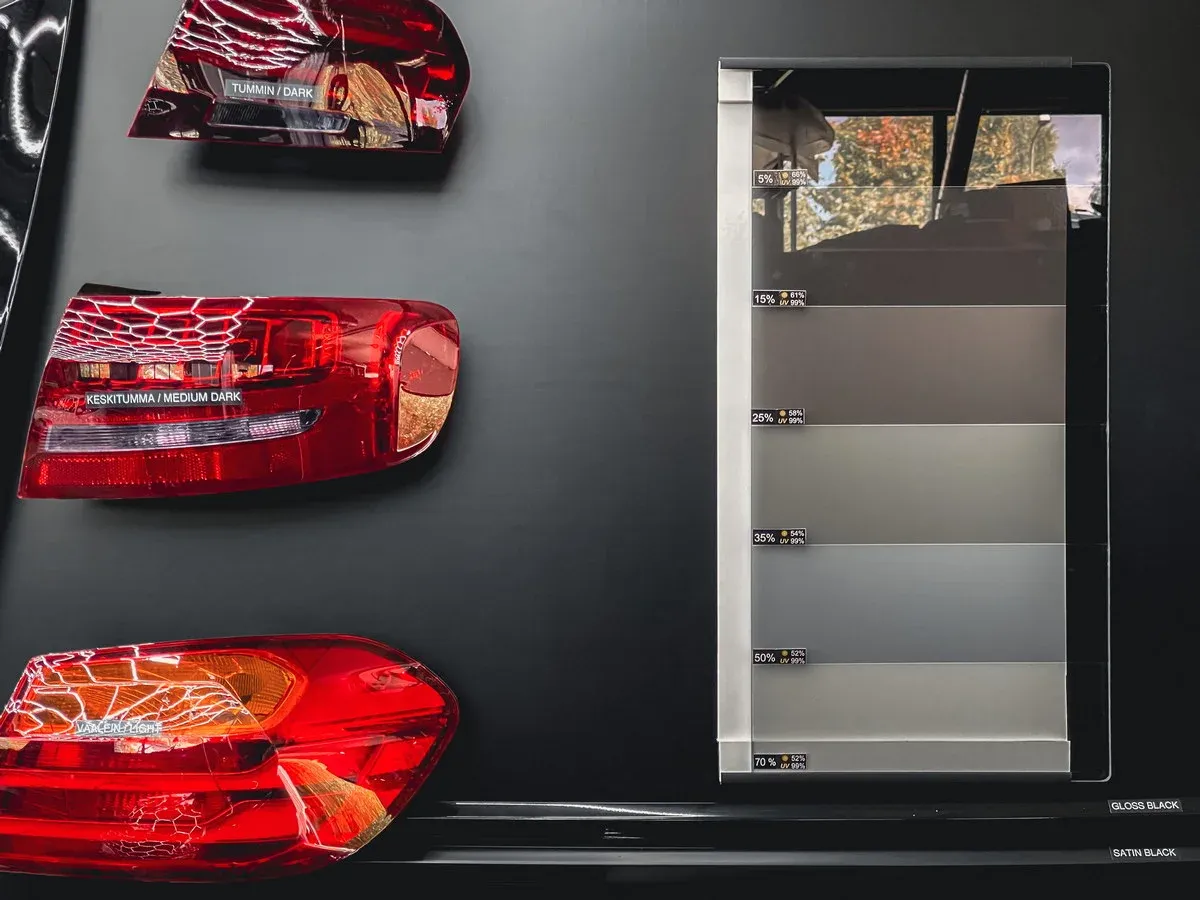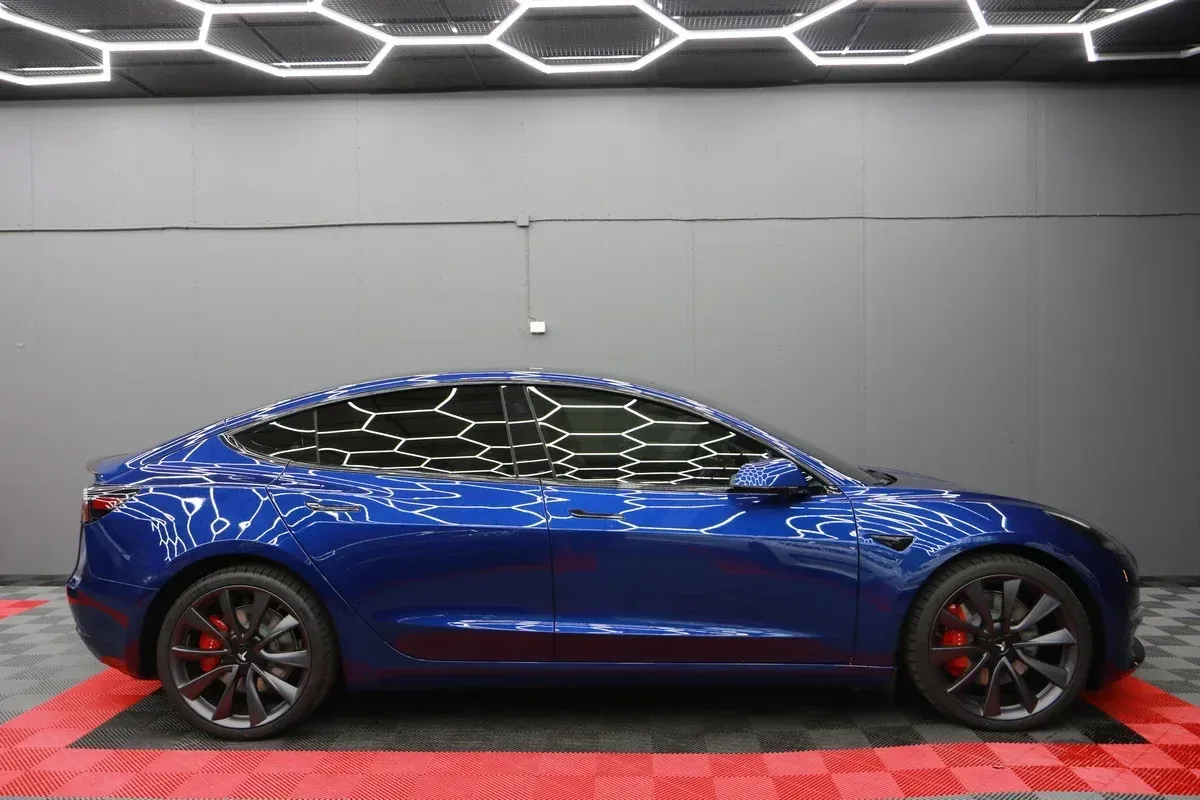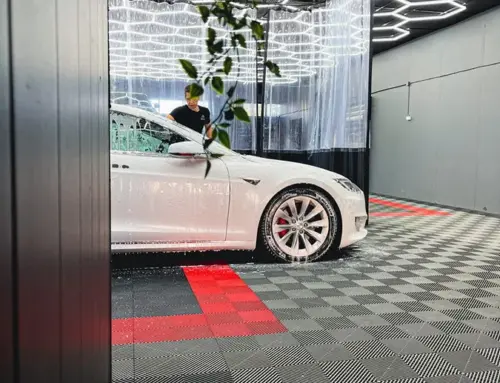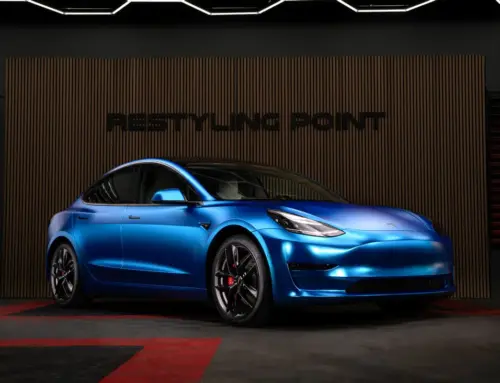
Here we reveal four tips for easy and successful selection of the darkness shade for car window tinting.
“I don’t want to drive in an aquarium”, “We need sun protection for our children and our dog”, “I want privacy and a new look for my car” – these are the most common comments from customers. There is an effective and long-lasting solution for these: tinting car windows / sun protection films.
Before the installation process, 91% of customers do not know which darkness to choose. And there’s nothing wrong with that, it’s normal. Many are concerned about the final appearance, visibility from the inside when reversing in the dark, and how well others can see inside their car, etc.
Therefore, here are four tips summarized for a successful selection of tinting film:

1. Car Interior and Panoramic Roof
If the car’s interior is dark, it does not affect the end result. However, if the interior is beige, light, or even white, it is always advisable to opt for a shade one step darker than usual when choosing window tinting. For example, white seats are more visible through the tint and lighten the interior. So, a lighter interior brightens the tint and makes it more visible.
Example scenario: A customer has a light leather interior and wants the result of a 25% window tint. In this case, achieving their desired result is possible by using a shade one step darker, which would be a 15% window tint.

Skylights or similar openings are openings through which extra light enters the interior. This affects the final result slightly. The same logic applies here as in point 1 above.

2. Window Tinting and Car Accessories
Cars are equipped with accessories that facilitate reversing and reduce the need to turn one’s head to see behind. Nowadays, cars come with backup cameras and even digital side mirrors. These allow for darker tint to be installed on the rear and front side windows because monitoring the car’s surroundings from the displays is easy.
If the car does not have a backup camera and parking sensors, it is advisable to choose, for example, a 15% tint shade instead of 5%, as visibility from the inside to the outside is better with a lighter film. The darkest 5% window tint is often humorously referred to as “trash bag tint” among customers because its visibility from the inside to the outside is the poorest.
However, window tinting technology has advanced significantly compared to, for example, 20 years ago, when visibility from the inside to the outside was very limited. Nowadays, even the darkest tint allows for excellent visibility from the inside to the outside.

In many cars, either as standard or as optional equipment, factory tinting is already applied. Here are some examples:
- Skoda & Kia: approximately 37% factory tint
- Audi & Mercedes: approximately 20% factory tint
- BMW: 23.5% factory tint
- Ford: 19% factory tint
- Tesla: 24% factory tint
However, factory tinting in cars is often too light for customers’ preferences. Using a light transmittance meter, a window tinting shop can select the right darkness shade for the customer and achieve the desired result. Restyling Point has measurement devices capable of measuring the darkness of any glass surface.
Example scenario: A customer has a Skoda Octavia with factory tinting (37%) and wants the final result to be equivalent to a 15% tint darkness. If a 15% tint is installed in this case, the final result would be close to 8% light transmittance, which is too dark. By using the light transmittance meter, it can be determined that installing a 35% tint would result in a final darkness of 15.5%, which is exactly what the customer desires.

3. Window Tint Shades
The choice of tint shade is determined by the customer’s needs. We all have our own preferences and sense of style. Many have children and pets in the back seats and prefer darker tint for the rear windows, while others may want tinting for purely aesthetic reasons. However, for many people, tinting windows is about both changing the appearance and gaining privacy and protection from the sun.
The shade of window tint affects the protection offered to children, you can learn more about it here.
There are two common implementation options:
- all with the same shade
- gradient
With the traditional “all with the same shade” option, you get a good-looking, simple, and functional result. The most meticulous might see this as boxy, which is why the gradient option is more popular.
With the “darker to lighter / gradient” approach, you get a more stylish, subdued, and aesthetically pleasing overall look for car window tinting.
1. In this Audi Etron, all rear windows have a 15% tint. The result is traditional and basic, but slightly steep/boxy in appearance. The front windshield remains clear, creating a slight contrast to the front doors.

2. Rear window with 5% tint, rear doors with 15% tint, front doors with 35% tint, and windshield with 50% tint. The result is a stylish and stunning overall look. From the side, there is a slight shade difference between the front and rear doors, but it remains tasteful. There is no sudden shift in shade between the windows; the transition is smooth.

3. Another stylish version of the graduated method involves tinting the rear window darker (e.g., 5%, 15%, or 25%) while keeping all side windows the same shade (e.g., 35%) and the windshield at 70%. This creates a balanced appearance for each “facade” of the car, particularly evident in the side doors with a consistent shade.

4. LET THE PROFESSIONAL HELP
The easiest way is to let the installer / customer service representative assist in choosing the tint shade on-site before installation. They have experience with thousands of different customer cases and completed cars, so their expertise surely covers your specific requirements. By considering all factors, your car will undoubtedly achieve the desired outcome with window tinting. Professionals can take into account customer needs and assist accordingly. Customer satisfaction is paramount.
Historically, the most popular film for rear windows has been 15%, and for front doors, it’s been 50%. In recent years, there has been a shift towards more uniform shading, with 25% film becoming popular for rear windows and 35% for front windows. The most popular film for windshields is 70%.
If the company has an existing image bank of completed works, it provides a clearer view of the final result, which speeds up and simplifies the selection process for the film.

Would you like the job to be done responsibly, on schedule, and with the best value for your money?
Ask for a quote from Restyling Point’s professionals, who perform their work with quality standards, values, and love.
On WhatsApp: +358445050624
Phone: +358445050624
By Email: [email protected]
Restyling Point Ltd – A leader in wrapping and protective treatments in the Nordics











